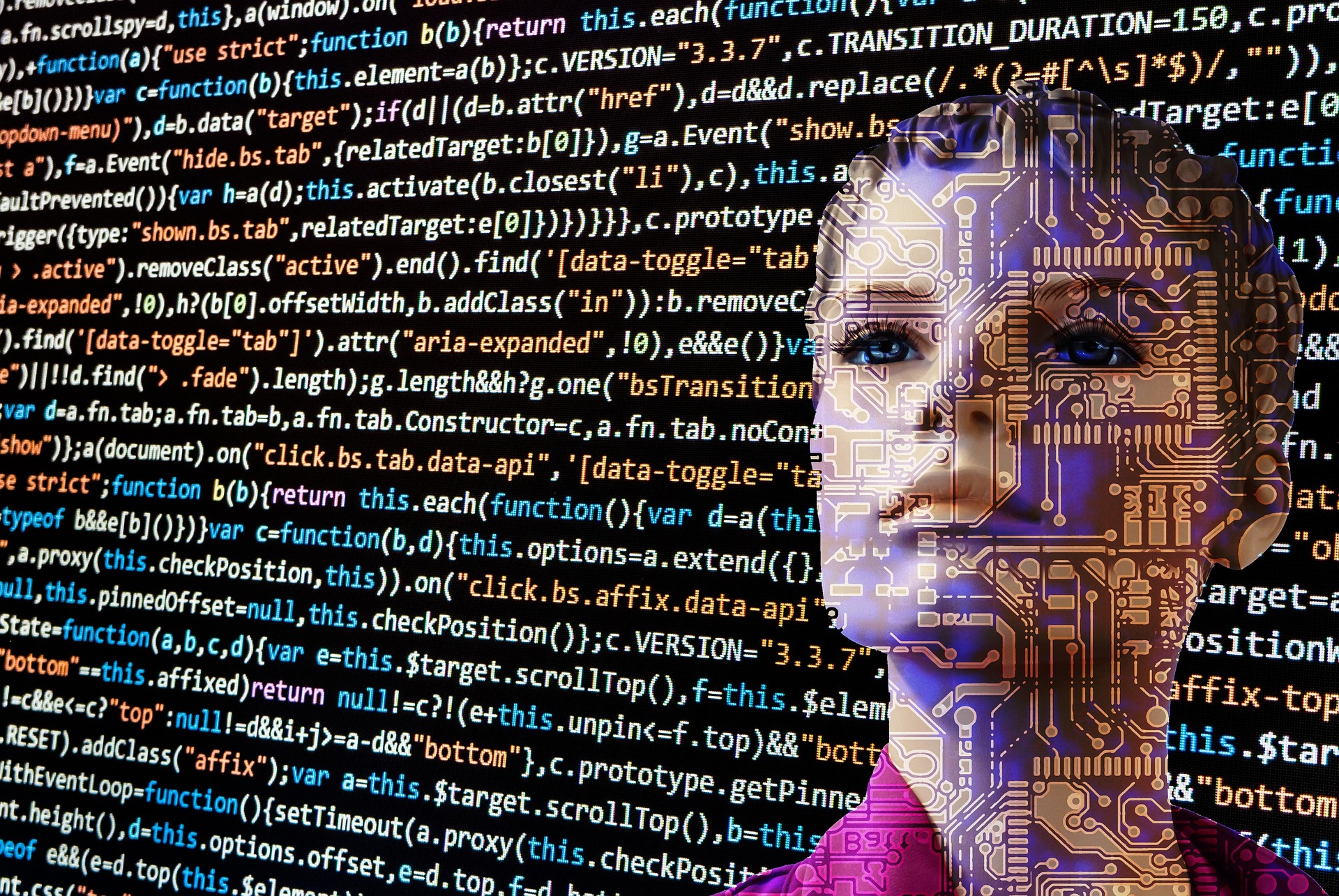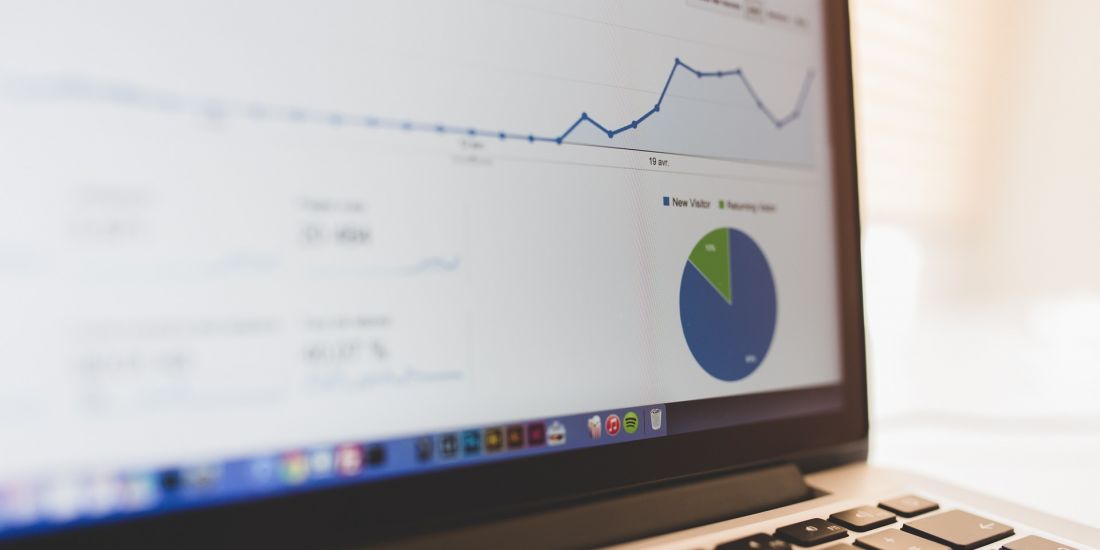
AI in the Workplace: The Good, the Bad, and the Automated
Editor’s Note: This post was originally published in December 2022 and has been updated for freshness, accuracy, and comprehensiveness in September 2024.
AI is everywhere, from your email inbox to the chatbot that just helped you order lunch. But what’s really going on with AI in the workplace? Is it a hero, a villain, or somewhere in between? Well, that depends on who you ask—and how they’re using it. But let’s get one thing straight: it’s no longer a question of if AI is changing the way we work, but how much.
We all know the usual story—AI takes over repetitive tasks, makes data easier to understand, and increases efficiency. Yawn, right? We’ve heard it a million times. Recently, I covered the perks and ethical concerns of AI. Now, let’s cut through the noise and look at what’s happening in the workplace, beyond the obvious.
The Upsides of AI in the Workplace: AI Isn’t Stealing Jobs, It’s Changing Them
Look, I get it. The idea of machines replacing humans is straight out of a dystopian sci-fi flick. But the reality? It’s a little more nuanced. Sure, AI is automating some tasks, but that doesn’t mean everyone’s suddenly out of a job. In fact, AI workplace automation is freeing people up to focus on work that requires—dare I say it—a little more brainpower.
- Creative freedom: When AI handles the mundane (like scheduling, inventory management, or data crunching), humans get to flex their creative muscles. Do you think a machine can brainstorm new marketing strategies or design a killer ad campaign? Exactly.
- Smarter decisions, faster: Forget gut feelings. AI can sift through mountains of data in seconds and give you cold, hard facts. That means employees can stop drowning in spreadsheets and start acting on real insights. Think of AI as your data detective, working behind the scenes while you focus on what matters.
But wait, there’s more! How AI improves employee productivity goes beyond efficiency. It’s not just about getting things done faster; it’s about working smarter. When employees have the right tools (AI-powered or not), they perform at their best. And ultimately, engaged and motivated employees drive successful businesses.
The Downside of AI in the Workplace: Job Anxiety Is Real, and AI Is Fueling It
Now, I’m not going to sugarcoat it—AI has sparked a lot of fear. The impact of AI on jobs is a hot topic, and for good reason. People are understandably worried about being replaced, and it’s not just factory workers or call center employees anymore. The fear has spread to white-collar jobs, too.
- Will I still have a job? It’s the question everyone’s asking. When an algorithm can analyze contracts faster than a seasoned lawyer or scan medical images more accurately than a doctor, the anxiety isn’t just theoretical—it’s personal. And this worry can eat away at workplace morale, causing stress levels to rise.
- Keeping up with AI: You know that feeling when your phone updates its software, and suddenly, you don’t recognize half the icons? Now, imagine that on a massive scale at work. The rapid pace of AI advancement means employees constantly feel like they’re playing catch-up. Training programs are essential, but how many companies are doing it right?
The truth is that the impact of AI on jobs isn’t about machines versus humans. It’s about how we adapt—and whether businesses are helping their employees grow alongside the technology. There’s no magic bullet here, but ongoing learning and reskilling are non-negotiable.
The Unspoken Hero: AI Is Making Work… More Human?
Yep, you read that right. As weird as it sounds, AI is making work feel more human—if it’s used correctly. Think about it: AI is handling all the robotic, mindless stuff we don’t want to do anyway. That leaves us with the tasks that machines just can’t hack—complex problem-solving, creativity, and (surprise!) emotional intelligence.
Here’s where AI and employee engagement come into play. Employees don’t just want to clock in, robotically churn through tasks, and go home. They want to feel valued, to work on projects that matter. By automating the boring bits, AI can increase job satisfaction. Employees have the time and mental space to engage in meaningful work.
- Better work-life balance: With AI picking up the slack, employees can spend less time stuck in busy work and more time tackling high-impact projects—or, you know, actually living their lives. And what’s more human than wanting to strike a balance between work and life?
- Fostering connection: AI is even helping teams communicate better. Ever tried herding cats? Yeah, coordinating teams on a big project can feel like that. AI-powered project management tools help employees stay on the same page without endless meetings. Less chaos, more clarity.
The Bottom Line: It’s Not All or Nothing
We’ve covered a lot, so let’s wrap it up with this: AI in the workplace isn’t some big, bad wolf coming to huff and puff and blow your job away. But it’s also not a magical fix-all. It’s a tool, and like any tool, how it’s used makes all the difference.
Yes, AI workplace automation is changing jobs, but it’s also creating new opportunities. While there are legitimate concerns about the impact of AI on jobs, businesses have a choice—either invest in their people and help them evolve with AI or risk losing talent to those who do.
Ultimately, the future of work is all about balance. We need AI for efficiency, sure, but we need humans for innovation, creativity, and those little sparks of genius that machines can’t replicate. The trick is getting them to work together—because that’s where the real magic happens.
So, is AI a threat? Not if we play our cards right.
Ready to Discuss AI Solutions for Your Business?
With all this change, questions are inevitable to arise. Is AI helping or hurting employees? Are we gaining more than we’re losing? If you’re curious about how AI can benefit your team or want a real conversation on how to implement it effectively, let’s connect.




Pingback: Strategic Outsourcing: Turning Challenges into Opportunities - Cloud Solutions and Technologies